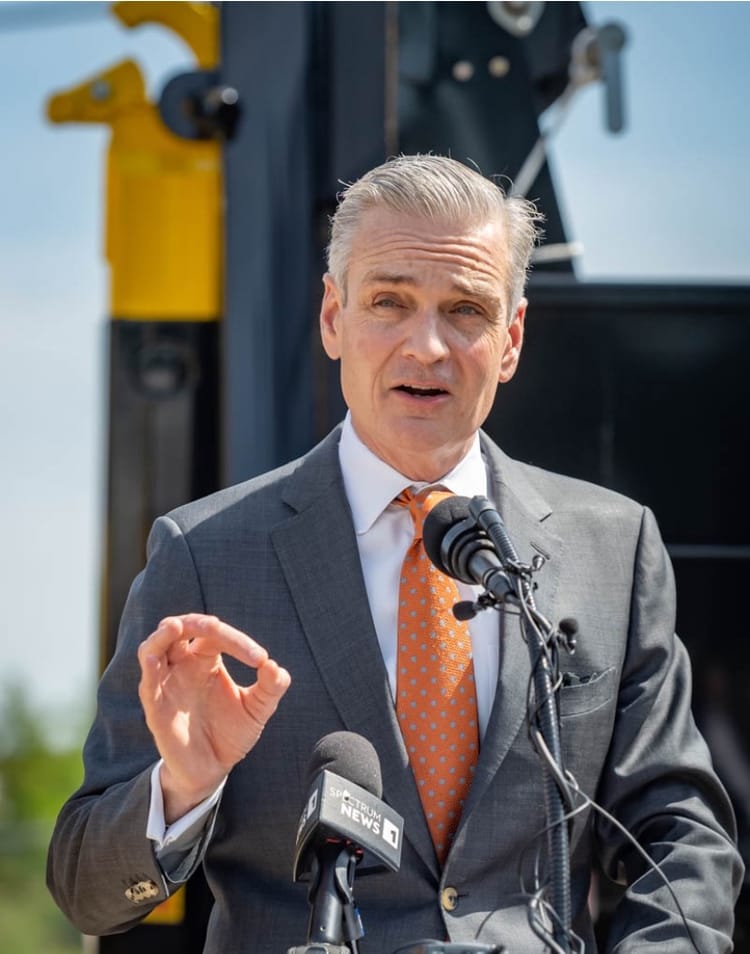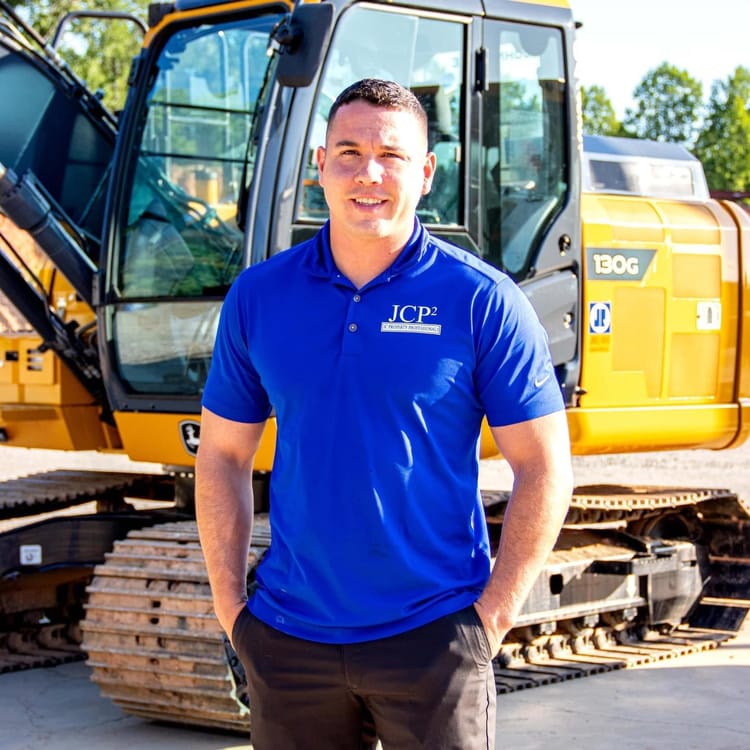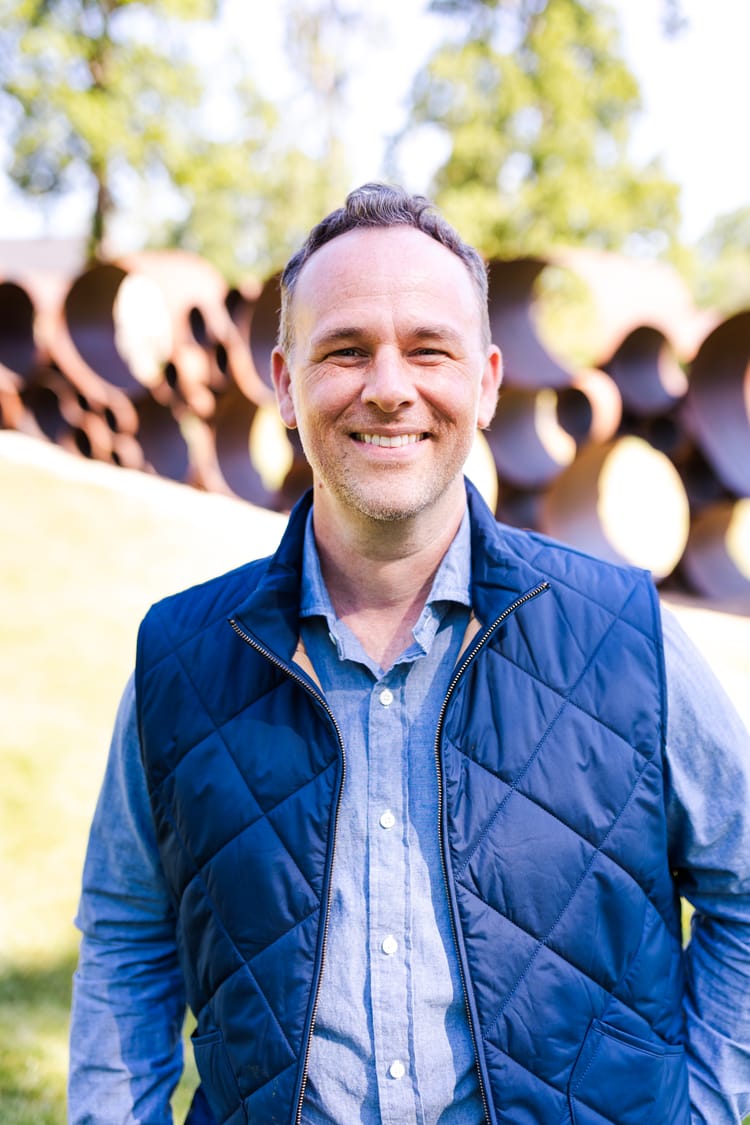Untitled

As concerns about costs and climate rise, sustainable construction is getting more traction. With the built world is responsible for 40–48% of global carbon emissions, the most of any industry, contractors and customers are seeking practices and technologies to improve sustainability, resilience and operational and financial performance.
One person at the forefront is Julieta Moradei, co-founder of Women in Construction Tech and managing partner and founder of Overlay Capital. In addition to consulting on digital technologies, she helps lead the Innovation Incubator (IN²), a collaboration between the U.S. Department of Energy’s National Renewable Energy Laboratory and Wells Fargo that promotes emerging built environment technologies that reduce time, cost and carbon. During Climate Week NYC, we asked Moradei about the trends and technologies we can adopt to lower the industry's environmental impact and improve your company's competitiveness and longevity.
— Interview by Margot Lester, edited by Bianca Prieto
How do sustainable practices help a contractor’s bottom line?
Sustainability is both a climate imperative and a business advantage. The most sustainable practices are also the most efficient: reducing rework, driving productivity and cutting waste. This means lower material costs, faster delivery and higher margins.
For example, rework accounts for up to 30% of project costs on a typical jobsite. Reducing it lowers embodied carbon tied to wasted materials while also improving schedules and profitability. The most sustainable practice is often the most efficient, producing less waste, less cost and less carbon.
Contractors also gain a competitive advantage in winning work from owners that demand ESG [environmental, social and governance] accountability.
What’s one sustainability trend you’re watching right now?
Low-carbon cement and concrete alternatives. Concrete is responsible for about 50% of a building’s embodied carbon. Scalable solutions in this space, backed by strong performance data, have the potential to transform the industry’s emissions profile.
What’s the most common barrier to sustainable construction?
The perception of higher cost and risk. Overcoming this requires pilots that demonstrate cost parity, durability and return on investment. When contractors see results backed by data, adoption accelerates. Contractors can partner with owners and developers through IN², which provides non-dilutive funding and third-party validation. Recent pilots include CBRE and Galvanize Climate Solutions as part of the newest IN² cohort, deploying low-carbon materials and digital construction tools. These projects prove performance, reduce risk and help contractors build credibility with clients that prioritize ESG outcomes.
If we could only introduce one practice, what should it be?
Track and measure embodied carbon. You cannot manage what you do not measure. A starting point is to ask suppliers for Environmental Product Declarations and to embed transparency into procurement processes.
Thanks for reading today's edition! You can reach the newsletter team at thelevel@mynewsletter.co. We enjoy hearing from you.
Interested in advertising? Email us at newslettersales@mvfglobal.com
Was this email forwarded to you? Sign up here to get this newsletter once a week.
The Level is curated and written by Margot Lester and edited by Bianca Prieto.





